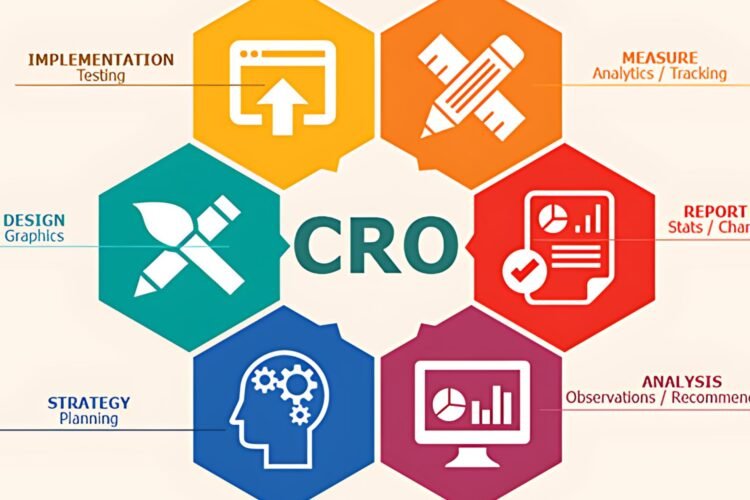
In the dynamic world of online advertising, Google Ads stands tall as one of the most powerful platforms for reaching potential customers. However, to make the most of your Google Ads campaigns, it’s crucial to understand your own performance and the strategies and tactics employed by your competitors. This is where competitor analysis comes into play – a strategic process that unveils valuable insights to refine your advertising efforts and stay ahead.
Why Competitor Analysis Matters in Google Ads
Competitor analysis in Google Ads is more than just about watching what others are doing. It’s about gaining actionable insights to inform and enhance your advertising strategy. Here’s why it matters:
Identifying Opportunities: By analyzing your competitors’ ads, keywords, and targeting strategies, you can uncover untapped opportunities in the market. This could involve targeting specific demographics, expanding into new keywords, or refining your messaging to better resonate with your audience.
Benchmarking Performance: Comparing your metrics, such as click-through rates (CTR), conversion rates, and ad positions, against your competitors provides valuable context. It helps you understand where you stand in the market and identify areas for improvement.
Staying Relevant and Innovative: Monitoring your competitors closely allows you to stay updated on industry trends, emerging keywords, and new ad formats. This enables you to adapt quickly and stay ahead of the curve.
The Framework for Google Ads Competitor Analysis
Practical competitor analysis involves a structured approach to gathering, analyzing, and leveraging data. Here’s a step-by-step framework to guide your analysis:
Identify Your Competitor
Start by identifying your direct and indirect competitors in the Google Ads space. Direct competitors offer similar products or services, while indirect competitors may target the same audience with different offerings.
Analyze Their Ad Copy and Creatives
Examine the ad copies and creatives used by your competitors. Please pay attention to their messaging, offers, and call-to-action (CTA) to understand how they position themselves and attract clicks.
Explore Their Keyword Strategy
Utilize tools like Google Keyword Planner, SEMrush, or Ahrefs to uncover the keywords your competitors are targeting. Look for high-performing keywords, long-tail variations, and negative keywords they’re excluding.
Assess Their Landing Pages
Visit your competitors’ landing pages to evaluate the user experience, design elements, and conversion tactics employed. Analyze how they guide visitors towards desired actions and consider how you can improve your landing pages.
Examine Their Targeting and Segmentation
Understand the audience segments your competitors are targeting. This includes demographics, geographic locations, device preferences, and interests. Identify any segments they might neglect, presenting an opportunity for you to capitalize on.
Monitor Their Performance Metrics
Track key performance metrics such as CTR, conversion rates, cost-per-click (CPC), and ad position over time. Compare these metrics against your performance and industry benchmarks to gauge competitiveness.
Tools for Google Ads Competitor Analysis
Several tools and platforms can streamline the process of competitor analysis in Google Ads:
SEMrush: Provides comprehensive competitor analysis, including ad copies, keywords, and traffic insights.
SpyFu: Offers competitive intelligence on PPC campaigns, including ad spend estimates and keyword rankings.
Ahrefs: Known for its robust backlink analysis, Ahrefs also offers keyword research and competitor analysis features.
Google Ads Auction Insights: A native tool within Google Ads that provides visibility into how your performance compares to other advertisers participating in the same auctions.
Leveraging Insights for Success
Once you’ve gathered insights from your competitor analysis, it’s time to put them into action:
Optimize Your Ad Copy: Incorporate compelling messaging and offers inspired by successful competitors while maintaining your unique value proposition.
Refine Your Keyword Strategy: Expand your keyword portfolio based on high-performing keywords identified by competitors and focus on niche keywords they might have overlooked.
Enhance Landing Page Experience: Implement improvements to your landing pages to match or surpass the user experience offered by competitors.
Adjust Targeting and Segmentation: Fine-tune your audience targeting to reach segments that competitors may have overlooked or underserved.
Continuous Monitoring and Iteration: Competitor analysis is an ongoing process. To stay ahead in the competitive landscape, regularly monitor your competitors’ activities and adapt your strategies accordingly.
Conclusion
Competitor analysis in Google Ads is not about copying your rivals but learning from them to refine and optimize your advertising strategy. You can make informed decisions that drive better campaign results by leveraging insights gained from analyzing competitors’ ads, keywords, targeting, and performance metrics. Remember, in the ever-evolving digital landscape, staying ahead requires a keen understanding of the competitive landscape and a commitment to continuous improvement.


